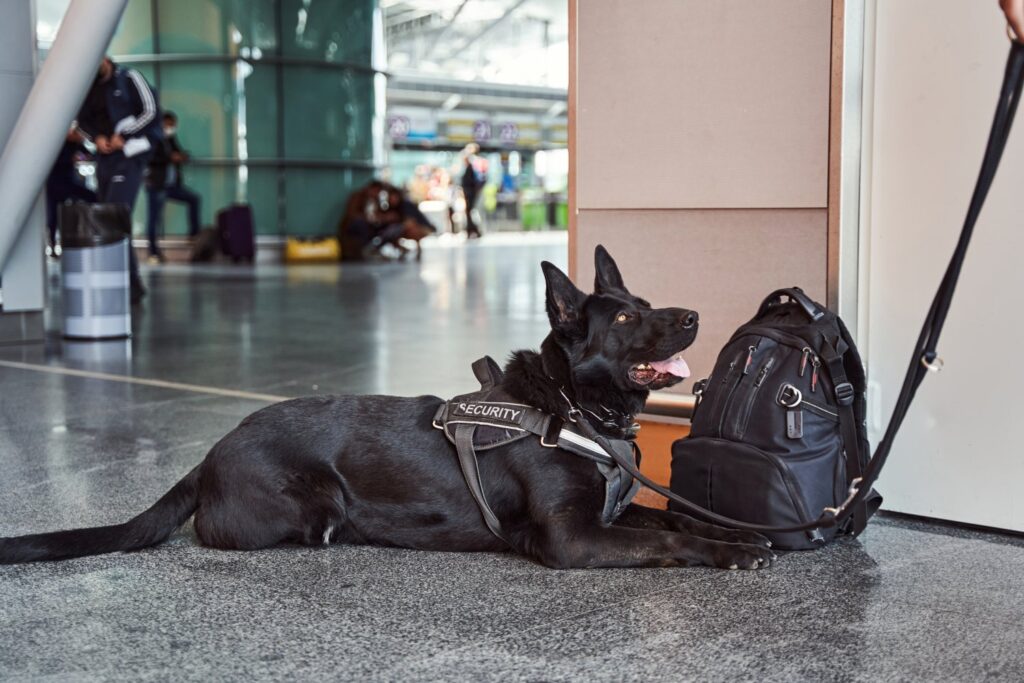Transportation costs can pose a significant barrier for students, hindering their access to education and extracurricular activities. Providing free bus transportation for students has gained attention in recent years.
This article explores the potential benefits, such as improved attendance and academic performance, reduced financial burden, and enhanced equity. It also examines challenges like funding and logistics while considering alternative models for implementation.

Access To Education And Extracurriculars
Transportation costs can significantly impact students’ access to education and extracurricular activities. Here are some key aspects to consider:
- Financial Burden: Transportation expenses, such as bus fares or fuel costs, can place a strain on students and their families, particularly those from low-income backgrounds. These costs can accumulate over time, making it challenging for students to afford daily transportation to school or participate in after-school programs.
- Limitations On Extracurricular Participation: Transportation costs can deter students from participating in extracurricular activities, such as sports, clubs, or arts programs, which are crucial for their holistic development. Without affordable transportation options, students may miss out on these activities’ social, physical, and creative benefits.
- Inequality/Opportunity Gaps: Disparities in transportation options can exacerbate existing inequalities in education. Students from disadvantaged communities or rural areas may face longer and more costly commutes. Thus, limiting their access to educational resources, advanced classes, or specialized programs available at schools located farther away.
Addressing transportation costs and ensuring affordable access to school and extracurricular activities is crucial for promoting educational equity.
By exploring strategies such as free student bus transportation, communities can help remove financial barriers and provide equal opportunities for all students to thrive academically and engage fully in their educational pursuits.
Improving Attendance And Academic Performance
Providing free bus transportation to students can contribute to improved attendance and academic performance in several ways:
With free bus transportation available, students who previously faced challenges in commuting due to financial constraints can now overcome those barriers. This can lead to higher attendance rates as students are no longer hindered by the inability to afford transportation.
Improved attendance, in turn, promotes continuity in learning, allows students to fully engage in classroom activities, and reduces the risk of falling behind academically.
Free bus transportation provides students with a reliable and scheduled mode of transportation. This can help ensure that students arrive at school on time, minimizing disruptions caused by late arrivals.
Students can maximize their learning opportunities by fostering punctuality, benefit from complete instructional time, and maintain a consistent academic routine.
Students who previously had to navigate long and arduous commutes may experience reduced stress and fatigue when provided with free bus transportation. This can positively impact their overall well-being and cognitive functioning, allowing them to be more alert, focused, and engaged in the classroom.
Financial Challenges Imposing Free Bus Transportation For Students
Implementing free bus transportation for students can pose several financial challenges that need to be considered:
Funding Allocation.
Providing free bus transportation for students requires a substantial financial commitment. Allocating sufficient funds to cover the costs of bus maintenance, fuel, driver salaries, and administrative expenses can strain educational budgets. Securing the necessary funding and ensuring its sustained availability can be a significant challenge for school districts or transportation authorities.
Budget Constraints.
Educational institutions face budget constraints, with limited resources allocated to various programs and services. Introducing free bus transportation for students may compete with other essential educational needs, such as hiring teachers, investing in classroom resources, or implementing academic programs. Balancing competing priorities and finding additional funding sources to support free student transportation can be complex.
Infrastructure And Operational Costs.
Implementing a free student transportation program may require infrastructure enhancements, such as purchasing or expanding the fleet of buses, establishing new bus routes, or upgrading existing transportation facilities. These capital expenses and ongoing operational costs can add financial strain.
Sustainability And Long-Term Funding.
While the initial funding for a free student transportation program may be secured, ensuring its sustainability over the long term presents an ongoing challenge. Sustained funding sources must be identified and secured. It may involve navigating complex budgetary processes and seeking support from various stakeholders.
Monitoring costs.
Proper monitoring and evaluation mechanisms need to be in place to assess the effectiveness and impact of a free student transportation program. Allocating resources for data collection, analysis, and program evaluation can be an additional financial challenge that educational institutions must consider when implementing such initiatives.
Logistical Considerations
Implementing free student bus rides involves several important logistical considerations that need to be taken into account:
Route Planning And Scheduling.
Schools and transportation authorities must assess the transportation needs of students and design bus routes accordingly. Factors such as the location of schools, student population density, traffic patterns, and optimal pick-up and drop-off points must be considered.
Fleet Management/Capacity.
Assessing the size and condition of the existing bus fleet or determining the need for additional buses is essential. Schools must consider factors such as the number of students to be transported, bus capacity, and the availability of appropriate vehicles.
Driver Recruitment And Training.
Hiring and training bus drivers who can handle the responsibilities associated with student transportation is crucial. Conducting thorough background checks, verifying driving credentials, and providing appropriate training on student safety, behavior management, and emergency protocols are essential. Maintaining a reliable and skilled driver workforce contributes to the smooth operation of the bus rides.
Safety And Security.
Implementing comprehensive safety and security measures is of utmost importance. Schools should establish student pick-up and drop-off protocols, ensure bus monitoring systems are in place, and train drivers and staff on emergency procedures.
Communication And Coordination.
Effective communication among school administrators, transportation authorities, parents/guardians, and students is critical for a successful implementation. Clear and timely communication regarding bus routes, schedules, changes, and disruptions helps ensure that students and their families are well-informed. Coordinating with school staff, bus drivers, and other stakeholders is essential to address logistical challenges and maintain efficient operations.
Potential Consequences
Providing free bus transportation for students can have potential implications on public transportation infrastructure and services, including:
Increased Demand And Capacity.
Implementing free bus transportation for students may result in a significant increase in ridership. This surge in demand can pressure existing public transportation infrastructure and services, requiring adjustments to accommodate the larger student population. Additional buses, route expansions, and increased service frequency might be necessary to ensure sufficient capacity and minimize overcrowding.
Scheduling Considerations.
Incorporating free student bus rides into the existing public transportation system may necessitate changes to scheduling and timetables. Coordinating school bus routes with regular public transportation schedules can be challenging, as school start and dismissal times might differ from standard commuting patterns.
Impact On Fares And Funding.
Introducing free bus transportation for students may have financial implications for public transportation fare structures. With a subset of passengers exempt from paying fares, revenue streams might be affected. This could potentially lead to adjustments in fare pricing or alternative funding sources to compensate for the loss of revenue generated from student fares.
Regions That Implemented Free Bus Transportation For Students
Regions implementing free bus transportation for students provide valuable lessons for other areas considering similar initiatives. Here are some key lessons learned:
Increased Student Participation.
Regions like Kalamazoo, Michigan, and Chapel Hill, North Carolina, have significantly increased student participation in extracurricular activities and after-school programs after implementing free bus transportation. This highlights the importance of removing financial barriers limiting students’ engagement in educational opportunities outside of regular school hours.
Improved Educational Outcomes.
Areas such as the state of Vermont in the United States and countries like Sweden have reported positive impacts on student performance and educational outcomes after introducing free bus transportation for students. Students with reliable transportation are more likely to attend school regularly, leading to improved academic performance and increased graduation rates.
Enhanced Community Engagement.
Regions like Tallinn in Estonia, where free public transport, including buses, was implemented for residents, have witnessed increased community engagement. Accessible transportation fosters greater community involvement, allowing students to participate in cultural events, visit libraries, and engage with various community resources beyond the school environment.
Decreased Traffic Congestion.
Several regions worldwide, such as Luxembourg and Dunkirk in France, have implemented free bus transportation for students as part of broader efforts to reduce traffic congestion and promote sustainable transport. By encouraging students to use buses instead of private vehicles, these areas have experienced reduced traffic, improved air quality, and contributed to environmental conservation.
Final Thoughts
In conclusion, offering free bus transportation for students has proven to be a powerful solution to overcome transportation barriers and promote equitable access to education.
Regions implementing such programs demonstrate improved attendance, academic performance, and community engagement.
While financial challenges and infrastructure considerations exist, the benefits of providing free bus rides, including increased student participation, reduced traffic congestion, and enhanced educational outcomes, make it a worthwhile investment.
By continually evaluating and refining these programs, we can ensure that every student has the opportunity to thrive and succeed, regardless of their circumstances.



